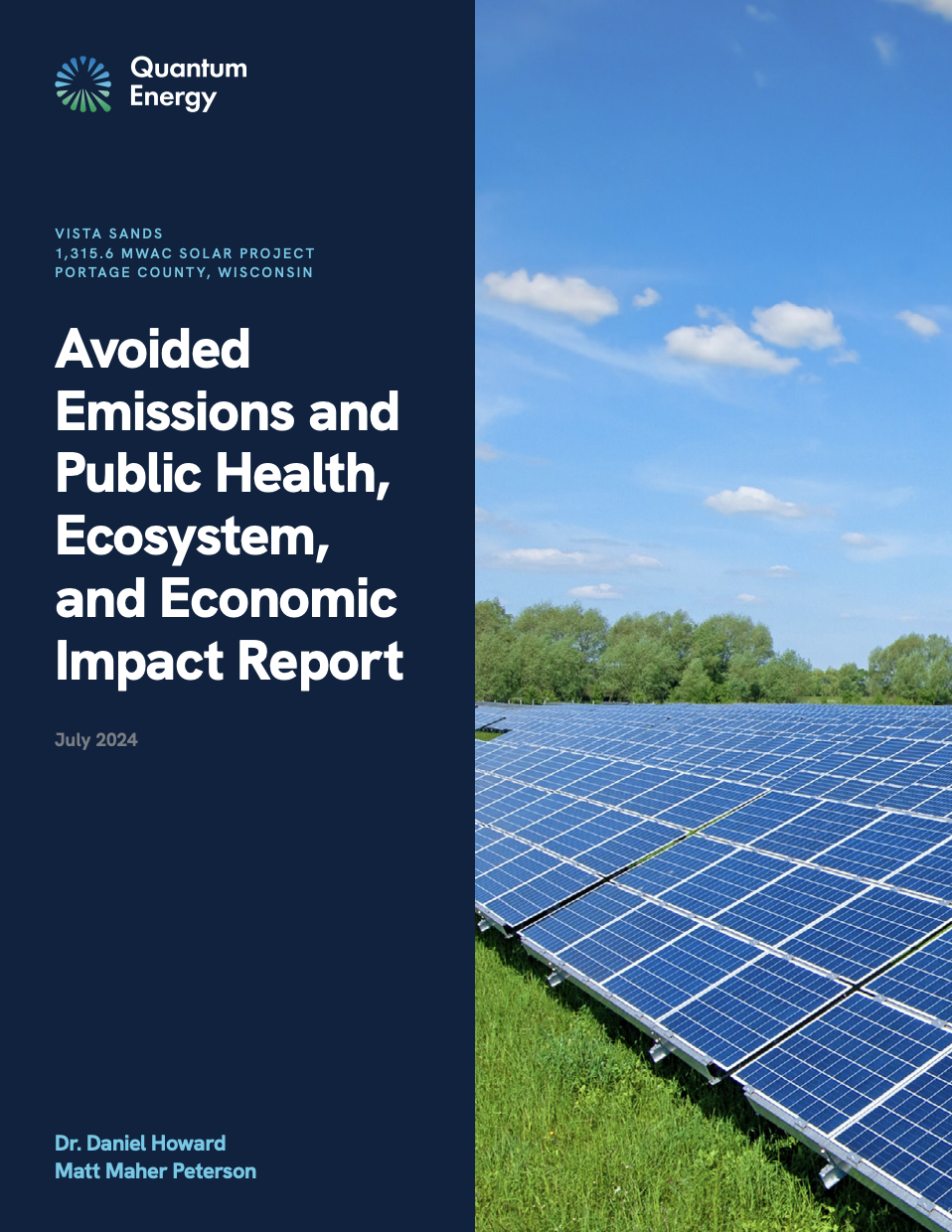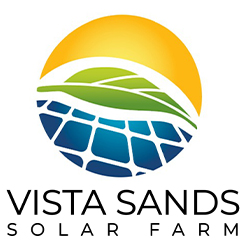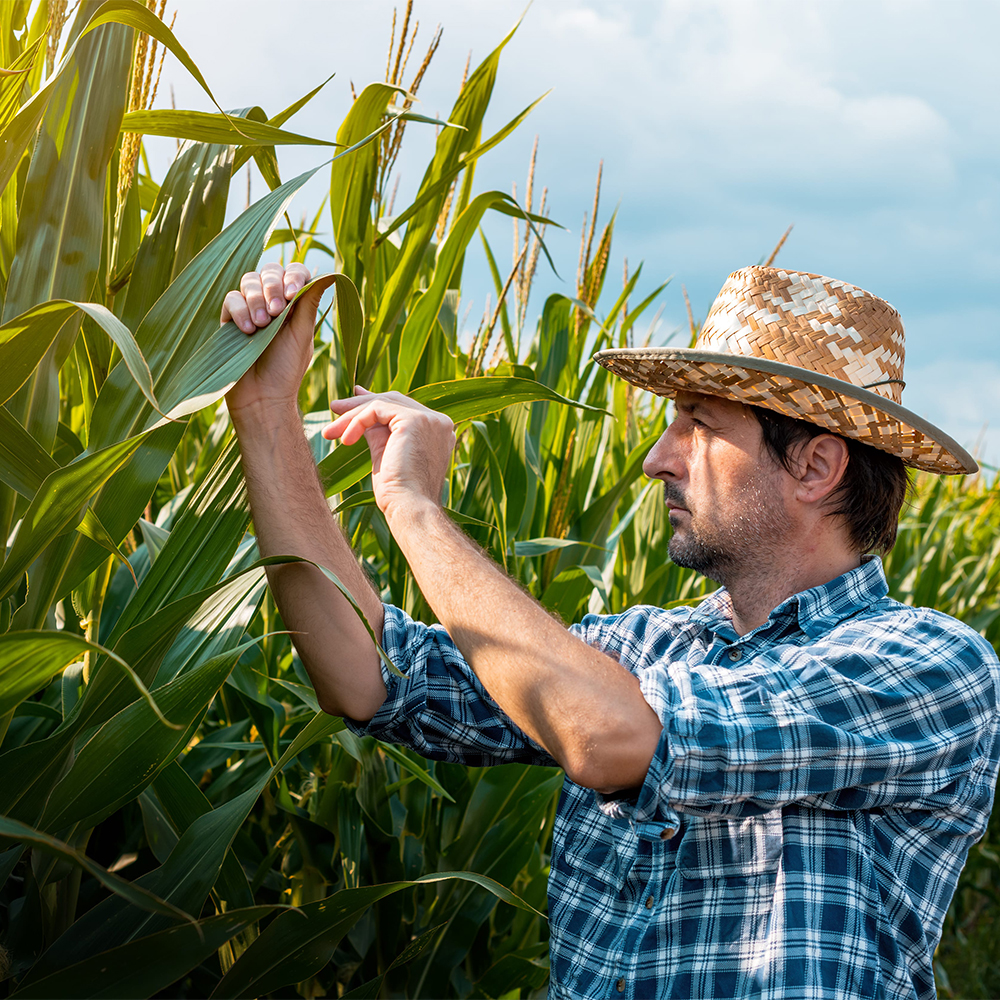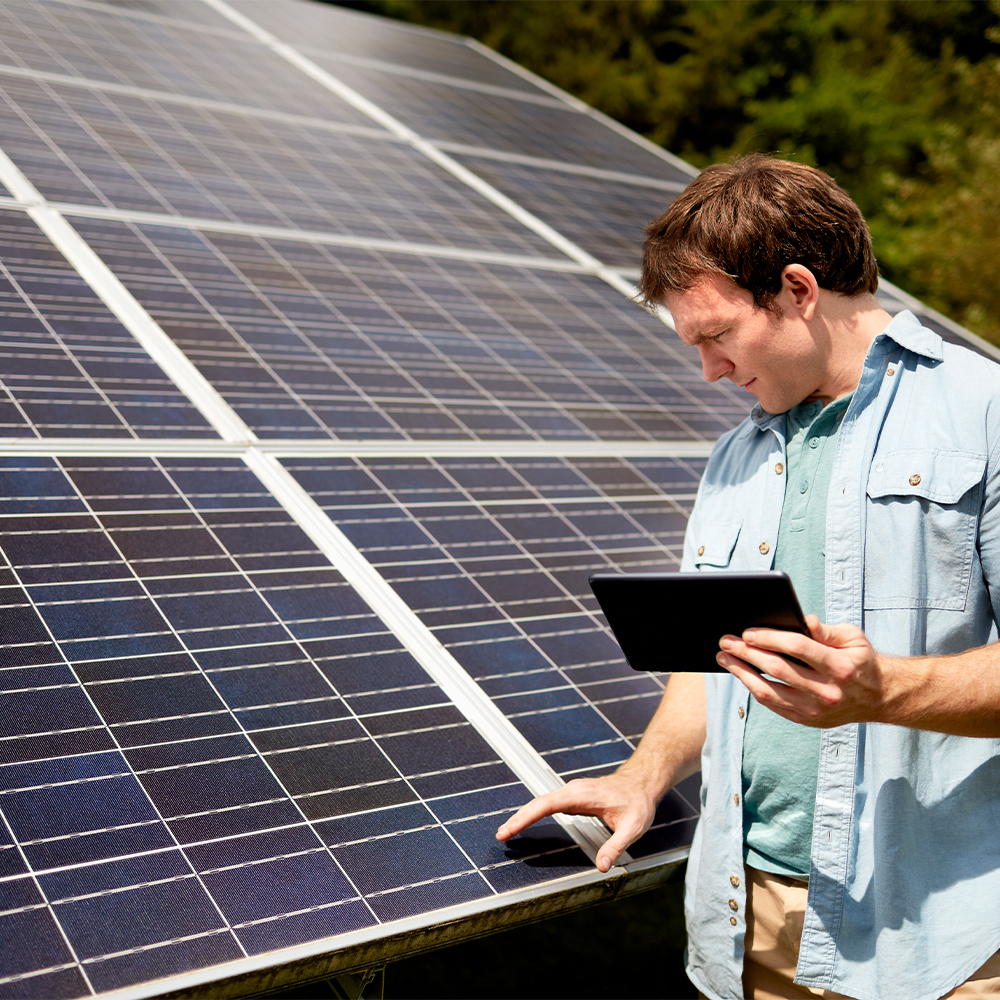Our Commitment to You
We are committed to Portage County, the people who live here and the land that makes it unique. Vista Sands Solar looks forward to working with our new neighbors to create growth and support responsible land stewardship. Together, we’ll create long-lasting benefits for the community.
The positive impacts of a development like this are indisputable, with new financial resources and support for local governments. This project will fuel economic development in the region through local spending and hiring. The payments to local government will provide additional support to schools and vital community services. These payments are estimated to total $6.5 million and will start being disbursed when the project begins producing energy.
- Town of Plover: $758,767
- Town of Grant: $1,955,633
- Town of Buena Vista: $140,400
- Portage County: $3,712,800
*The above figures are estimates and will be paid from the state to the respective county/municipality when the project reaches operational status.
The Doral team has strong respect for the important role local farmers play in their community. We share the values of integrity, hard work, family and community. We embrace our future role as an active community member. We pledge our efforts to be good partners, good neighbors. You can count on us.
Environmental Responsibility
We believe that responsible environmental stewardship starts with us – promoting clean, renewable energy should not compromise our natural surroundings. Vista Sands Solar prioritizes environmental responsibility by harnessing the power of the sun while preserving and improving landscapes for future generations.
In fact, up to 7,900 acres of agricultural lands near the Buena Vista Wildlife Area will be restored to grasslands, presenting an unparalleled opportunity to return thousands of acres of native grasslands to Wisconsin. Vista Sands Solar’s ecologists have designed a seed mix for the project’s paneled areas that aims to restore suitable habitats for native species of birds, small mammals, reptiles, and pollinating insects. The seed mix is comprised of 17 native grass and sedge species and 31 native wildflower species that will bloom throughout spring, summer, and fall, providing rich pollen and nectar sources. The restoration or grasslands will also eliminate the use millions of pounds of fertilizer and thousands of gallons of pesticides and insecticides.
Vista Sands Solar is also prioritizing the presence of the Greater Prairie-chicken (GRPC) leks near the project site and incorporates design principles to mitigate impacts to the GRPC. Vista Sands Solar will not construct any panels within 1000 feet of GRPC leks identified during the Wisconsin Department of Natural Resources (WDNR) lek surveys and has agreed to placement of bird diverters on nearby project fences in coordination with the WDNR. Vista Sands has also pledged to spend $2.1 million on the DNR’s GRPC management plan and the committed to funding two research assistantships to study the relationship between bird species and solar panels.
Impacts to Public Health, Ecosystems and the Economy
Vista Sands Solar Farm represents a significant advancement in tackling public health, environmental and economic challenges in Wisconsin and beyond. The project will not only advance the goals set forth in Wisconsin to achieve net-zero carbon emissions by 2050 but will also reduce harmful air pollutant emissions along the way. By minimizing emissions, the Vista Sands Solar Project will contribute to a decrease in respiratory and cardiovascular disease, benefiting community health and increasing life expectancy.
In August 2024, the Doral team commissioned a comprehensive study from Quantum Energy, an impact analytics software firm supported by the National Science Foundation Energy Technologies Portfolio. The full report provides detailed analysis of the reductions in grid-level emissions as well as the public health, ecological, and economic benefits resulting from Vista Sands Solar.
The study found that, in its first year of operation, Vista Sands Solar is projected to reduce carbon emissions by 1.624 million metric tons, particulate matter emissions by 1,129 metric tons, and photochemical oxidant emissions – such as ozone and nitrogen oxides – by 2,158 metric tons. These reductions will not only benefit public health but also strengthen local ecosystems, promoting biodiversity and increasing resilience against the adverse effects of climate change throughout the project’s 30-year lifespan.

Making Solar Work for Central Wisconsin
The positive environmental impacts this project will provide the region are clear: solar energy systems do not produce air pollution or greenhouse gas emissions. Portage County will play a meaningful role in reducing the reliance on more harmful sources of electricity.
The solar panels are safe for the land and proven to work year-round in various weather conditions – which is important in a place like Wisconsin! Solar panels continue to function properly in the colder weather as the PV technology in panels leverages the cold to generate power. The sloped panels are positioned toward the sun, and the snow can actually increase the amount of sunlight absorbed by the panels. When the useful life of the project is over, the panels and all above ground equipment will be removed so that the land can be returned to its original use, including farming.


